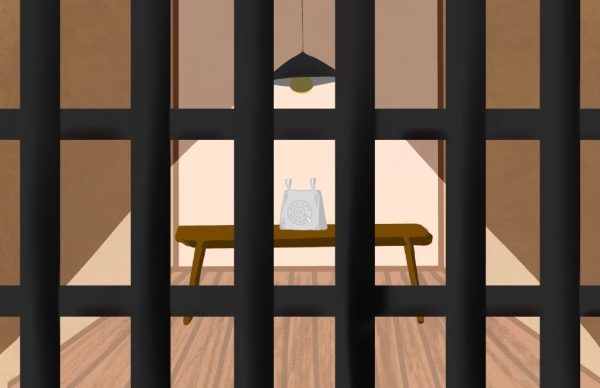Editorial: WSU must live within its means. It’s a reality college students face every day.
The Innovation Campus business building, Woolsey Hall, now has a $60 million price tag. Up from $50 million.
Growth and expansion at Wichita State, when approached prudently and for the sake of enhancing students’ academic experience, is undoubtedly a good thing. By cutting and reallocating university funds to pay for a $50 million business building, however, WSU is brazenly prioritizing a shiny exterior over a substantive education.
Buildings don’t teach classes.
To shoulder a bond payment of at least 25 years — something university officials said in 2017 wouldn’t be possible for another decade — WSU will have to cough up roughly $1.5 million a year.
That means a total of $975,000 in combined annual cuts to WSU’s six academic colleges.
“Many departments and individuals will feel these cuts, but this is the direction we need to take, based on the outcome of the referendum and the university’s need to continue to evolve and grow,” Provost Rick Muma said in a university release.
By a margin of 107 votes, students rejected a $6 per credit hour fee hike that would have disproportionately funded a business school WSU had already promised its donors.
That doesn’t mean students should be blamed for the dilution of their education.
Business students enjoying the amenities of a new building on Innovation Campus will have to do so with the knowledge that their college is sacrificing $300,000 a year that could have otherwise supported programming or faculty.
WSU could no doubt use a $50 million building as a recruiting tool, but at the cost of potentially cheapening the education they’re offering prospective students. If it took state-of-the-art facilities to sell students on a university, WSU likely wouldn’t have any fine arts majors — but we’re not pooling emergency funds to renovate Henrion Hall.
Kansas State and the University of Kansas both opened brand new business facilities in 2016. WSU is playing catchup and seemingly willing to cut corners to match the offer of a new building by using university funds to pay for 40% of the construction cost.
By contrast, KU and K-State only paid for 15% and 9% of their respective business buildings. Private donors funded the rest.
The WSU Foundation has garnered $30 million in donations for a new building, which Muma said is “about as much as we can raise for the project.” WSU’s donor base is smaller than either of its rival institutions’, but with the state of Kansas unwilling to fund new academic buildings and with students turning down the proposition of using $20 million of fees money, it’s time for WSU to revisit the cost-benefit analysis of a $50 million facility.
The administration should put the new building on hold while they consider options such as constructing a less expensive but still improved facility, or soliciting more private donations for the project.
Why must WSU barrel forward with a plan to pay $1.5 million annually when “(m)any departments and individuals will feel these cuts”?
Is it because the Woolsey Hall tab on the university website says WSU will break ground on the facility in 2019?
Is it because we promised donors $20 million for the project would come from university funds?
WSU must learn to accept the reality of living within its means.
It’s a reality college students face every day.













